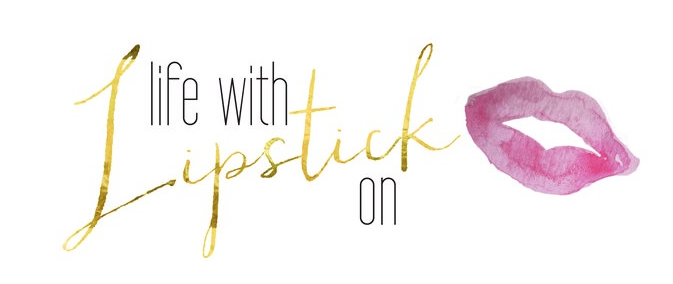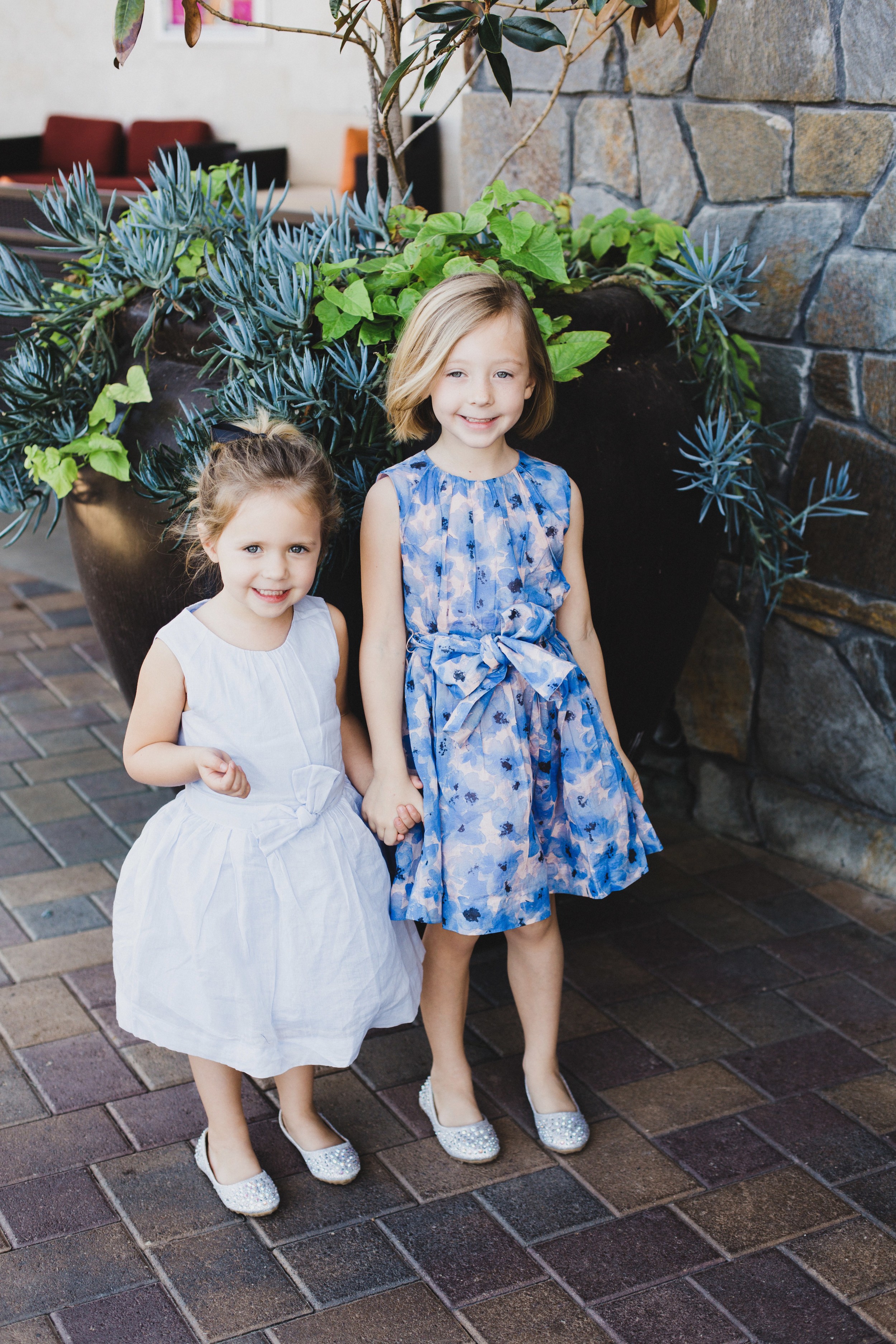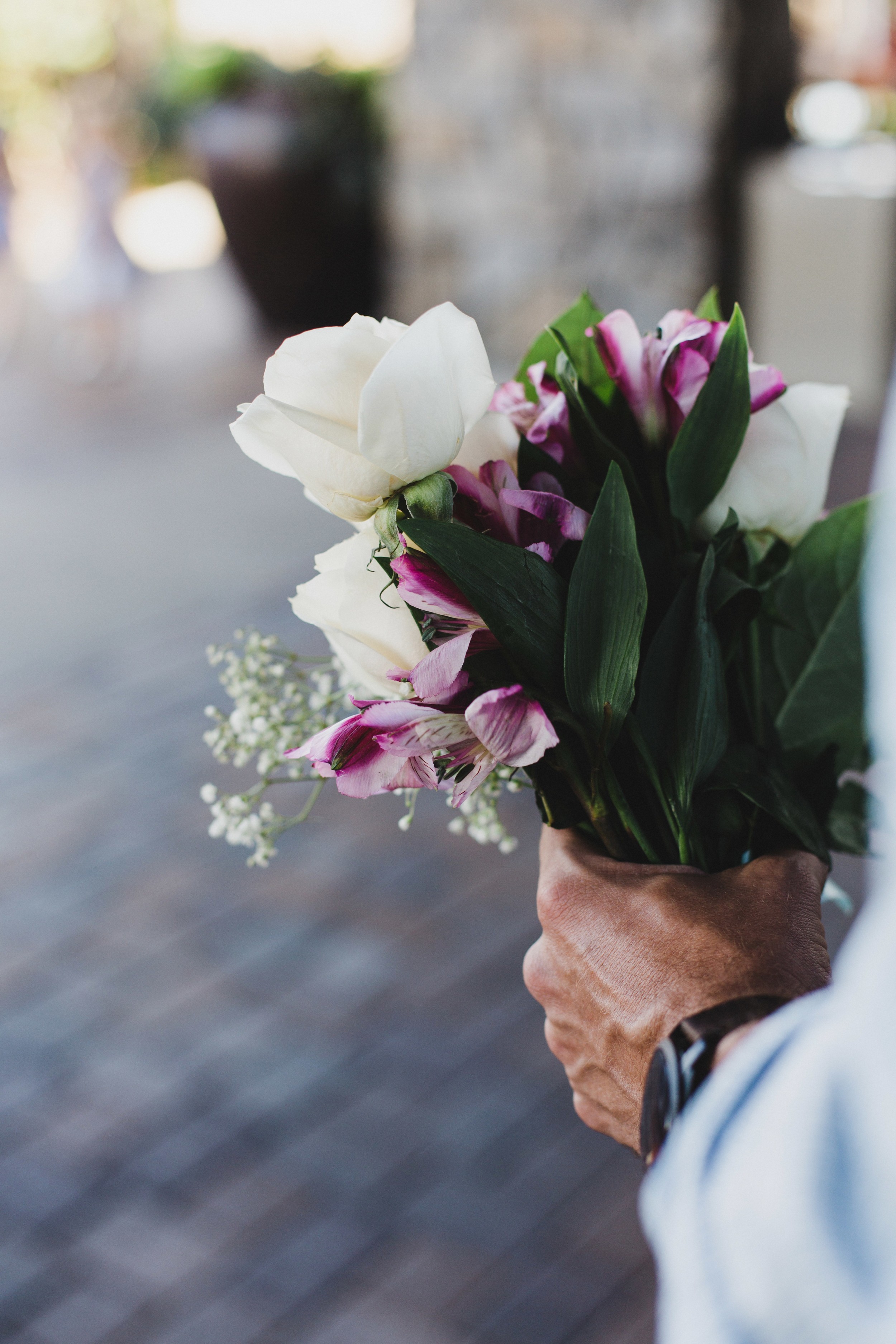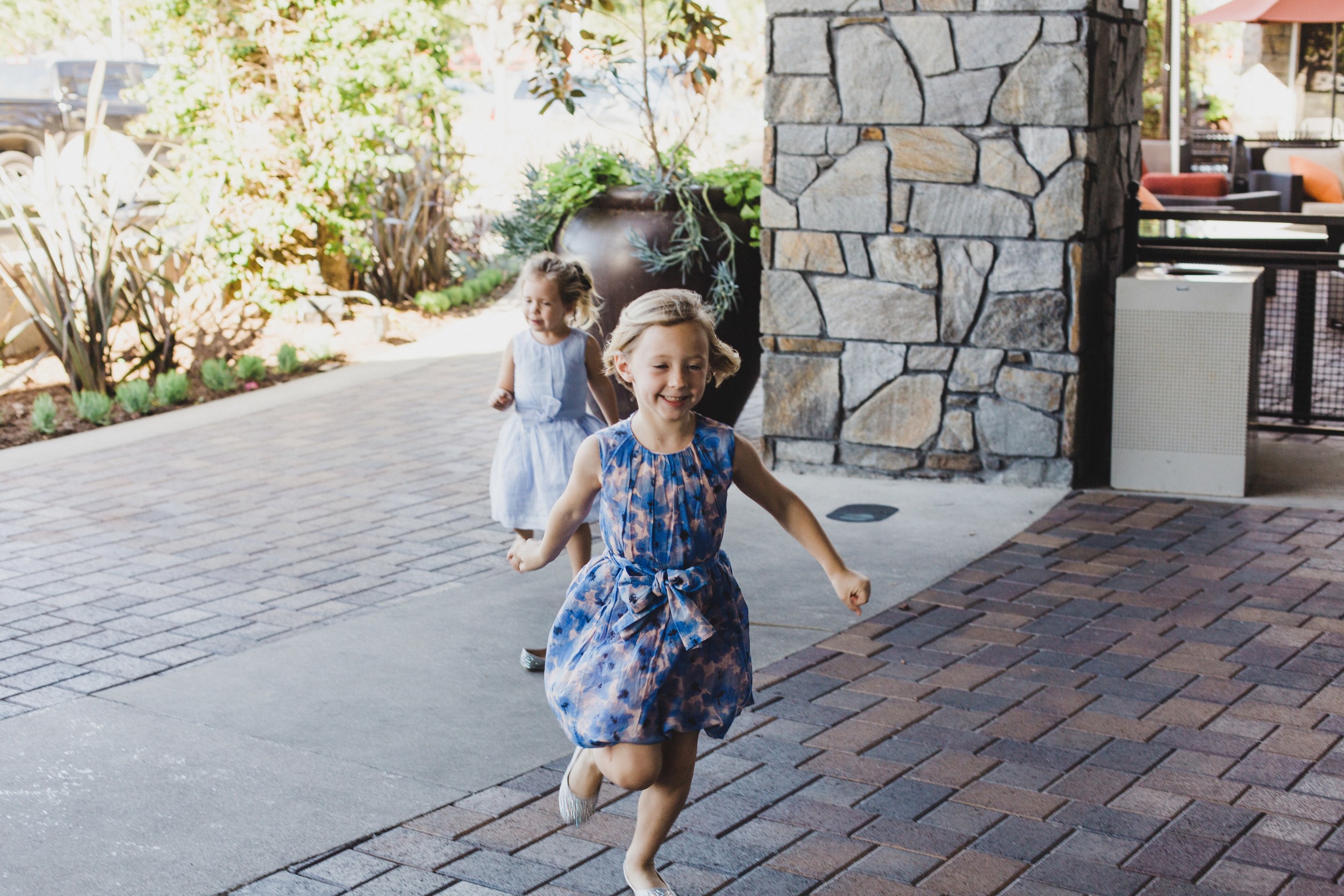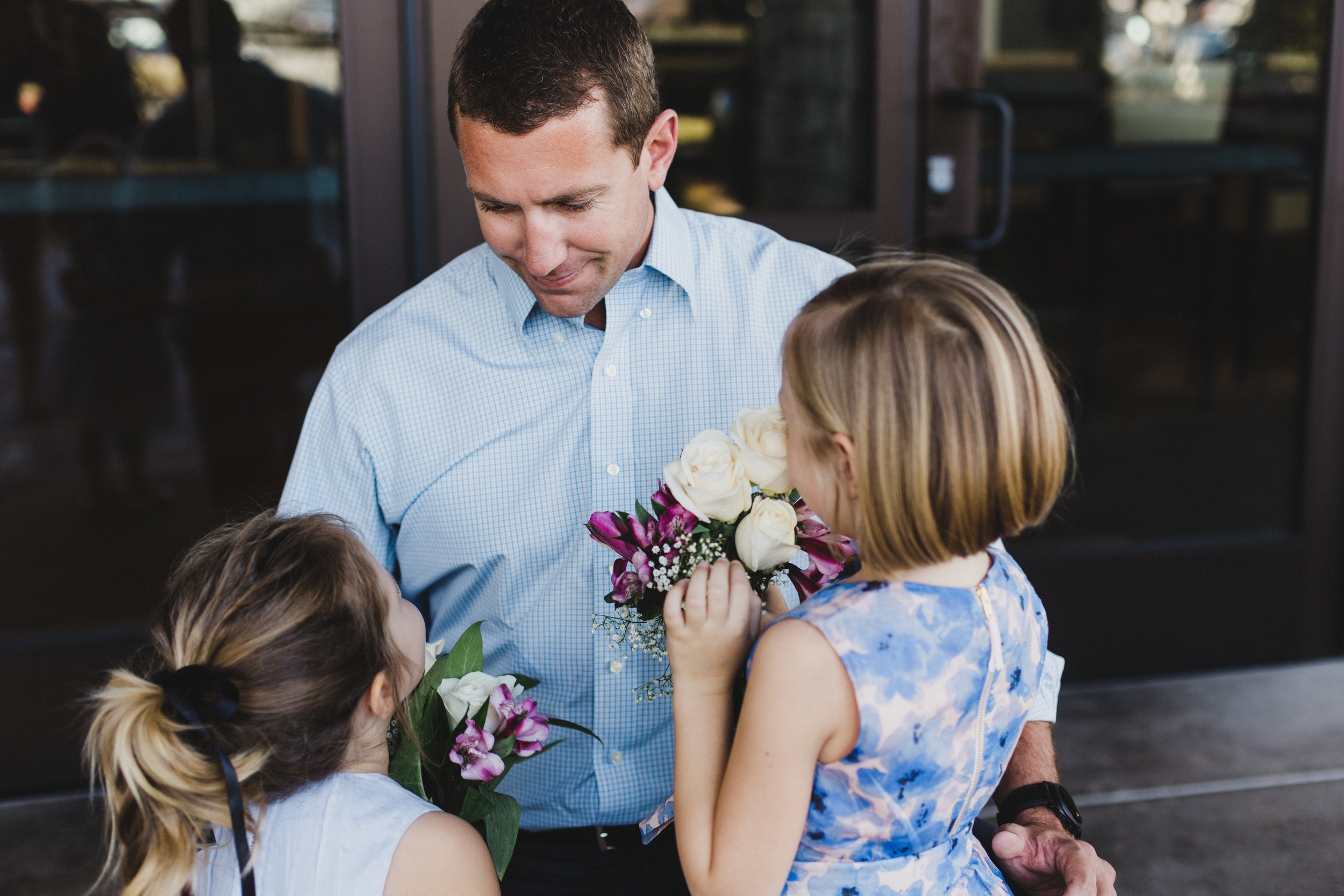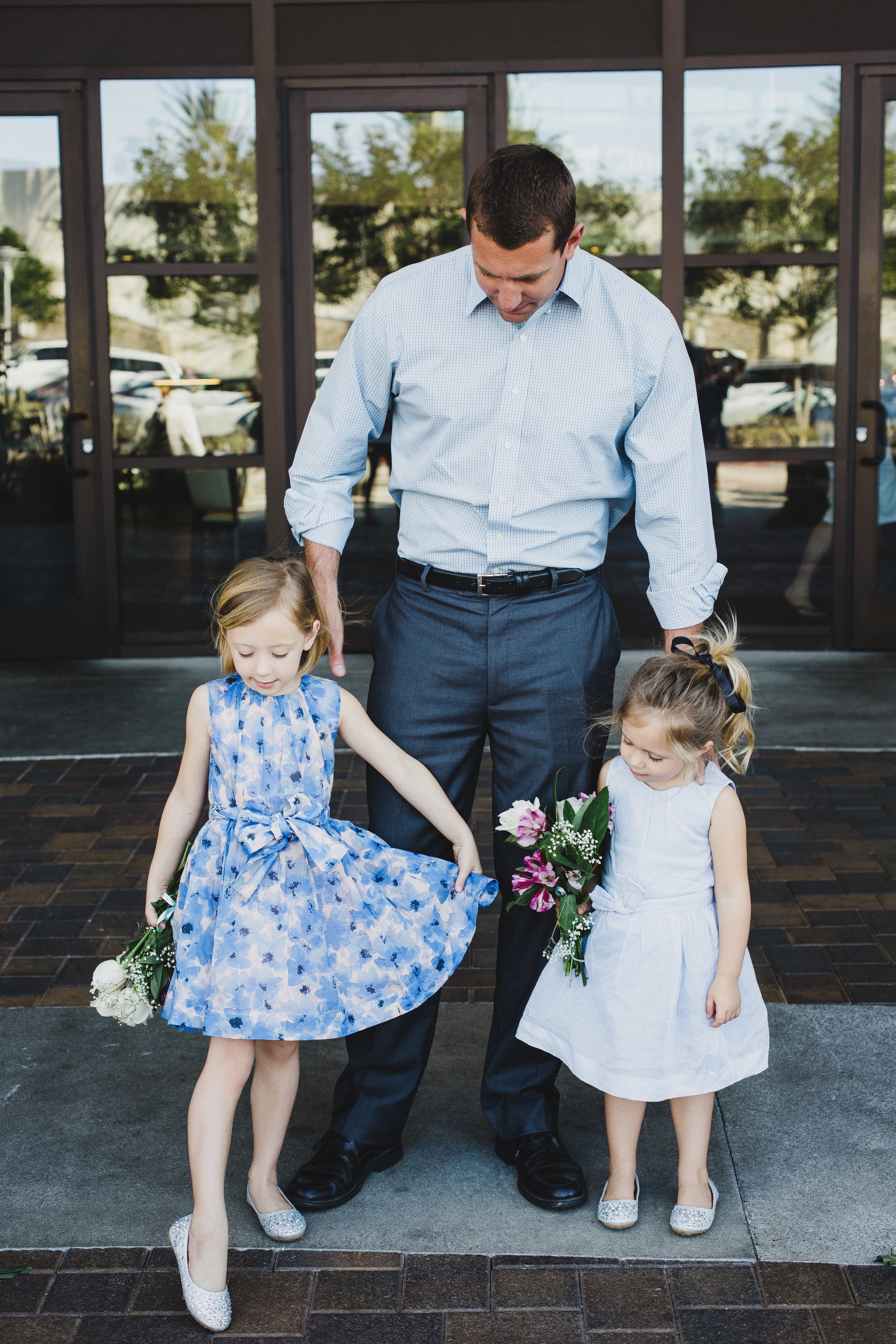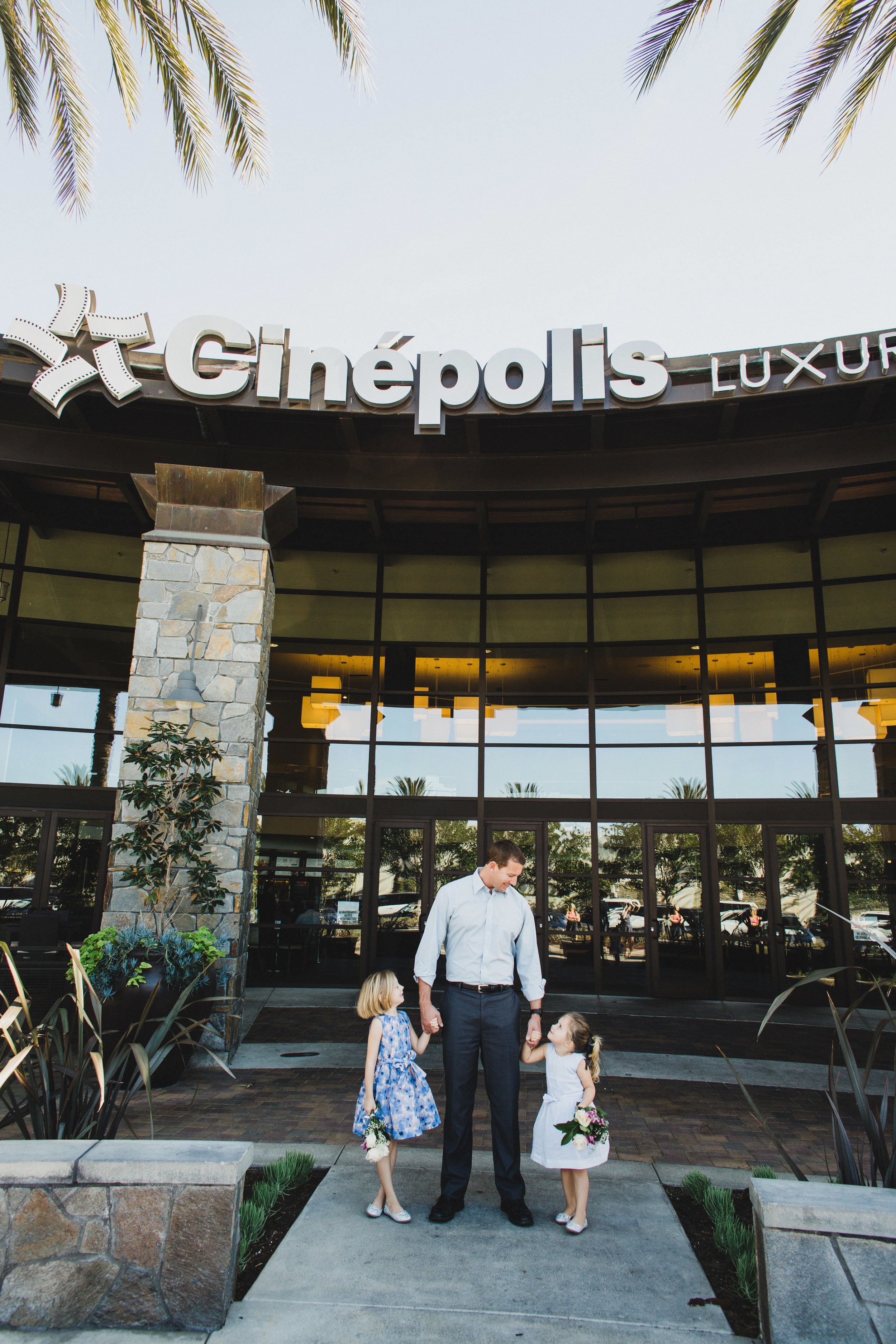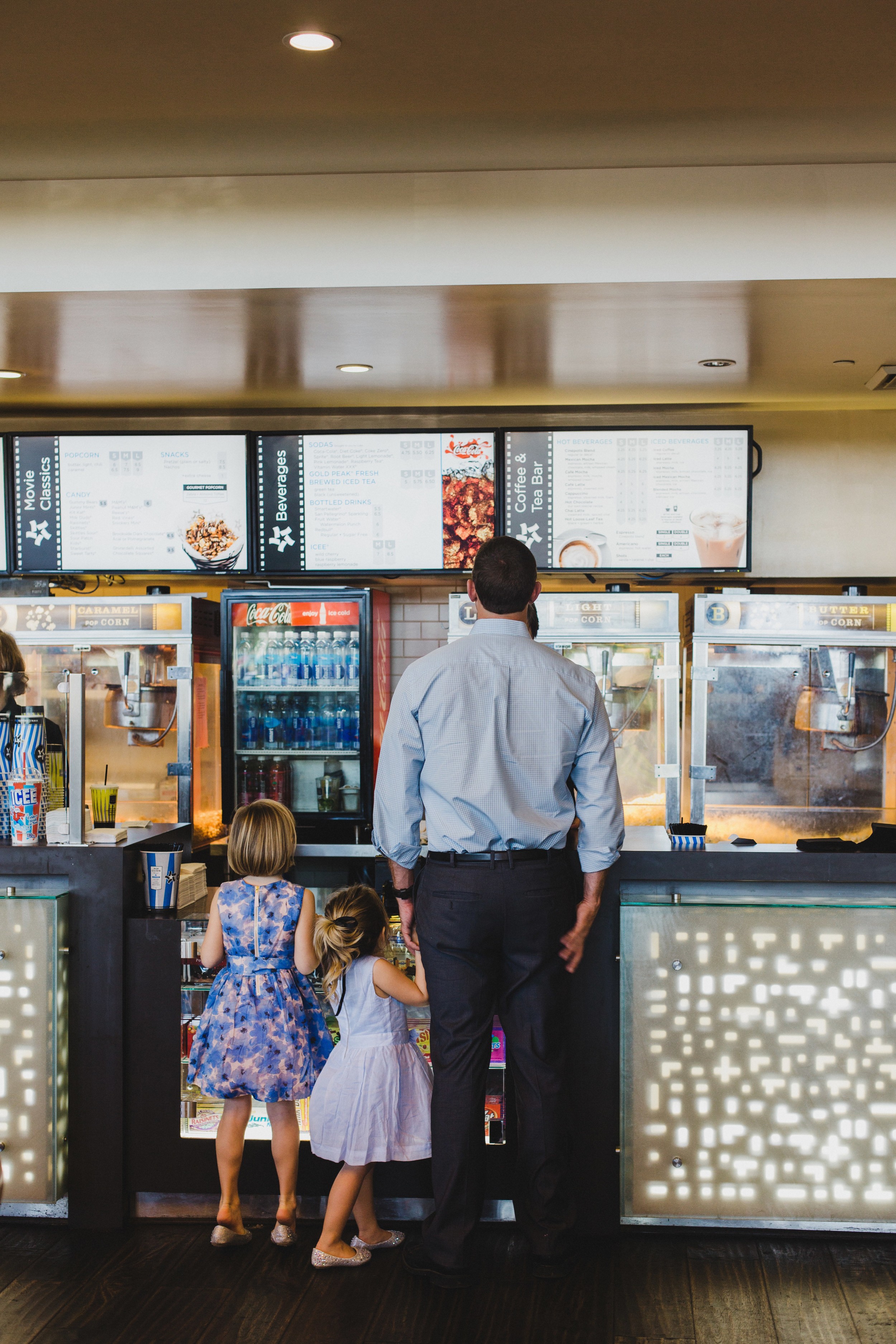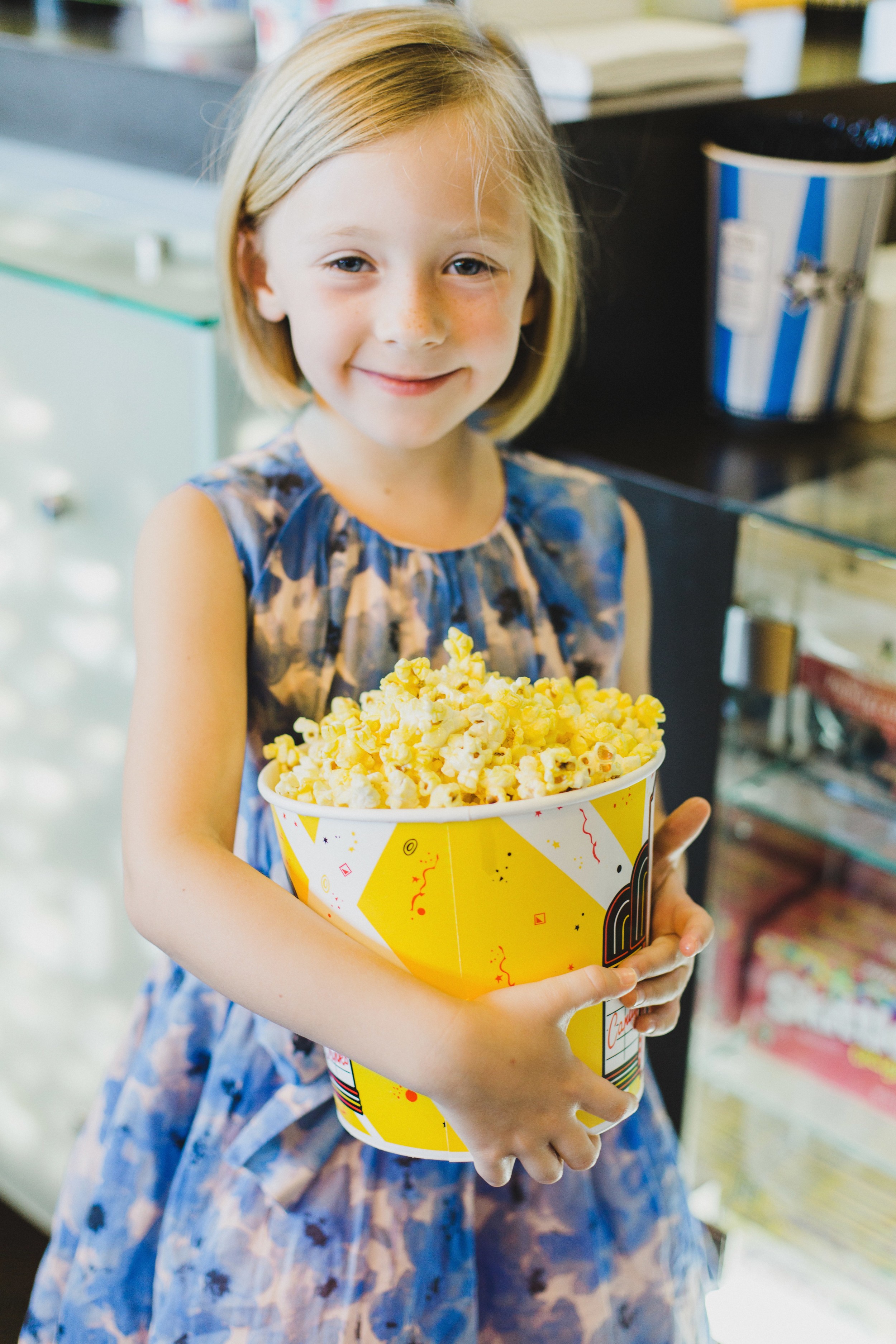 With St. Patty's Day right around the corner, Erik and I decided it'd be fun to go beer tasting for a change of pace. I am a total wino but thought it'd be interesting to try my hand at what I hear is a super fun and booming culture. We headed to downtown Fullerton to Bootleggers Brewery where we were able to try a variety of options, indulge in pizza delivered from around the corner and an intense Jenga game. We enlisted our friend Sean Durham to give us the low down on how to decode beer and find our faves! Here are his tips and tricks for finding the perfect brew for you, food pairing and gift giving.
With St. Patty's Day right around the corner, Erik and I decided it'd be fun to go beer tasting for a change of pace. I am a total wino but thought it'd be interesting to try my hand at what I hear is a super fun and booming culture. We headed to downtown Fullerton to Bootleggers Brewery where we were able to try a variety of options, indulge in pizza delivered from around the corner and an intense Jenga game. We enlisted our friend Sean Durham to give us the low down on how to decode beer and find our faves! Here are his tips and tricks for finding the perfect brew for you, food pairing and gift giving.

Q: What's the difference between a light and dark beer?
A: The difference between light beer and dark beer is the color of the grain/barley that the beer is made from. There are tons of flavor differences between dark and light beer - with dark beer typically having roasty, nutty notes and "light" beer tasting cleaner, citrusy or floral. The color of the beer doesn't have as much to do with taste as other elements of beer (hops, yeast, fermentation) but you can get a general idea of what to expect from the beer by looking at the color. Many people think that the darker the beer, the "heavier" or higher in alcohol it is - this is not true at all. Many light (in color) beers have extremely high alcohol, while a totally black/opaque beer can be very low in alcohol. Guinness, for example has about 4.2% abv (Alcohol by volume) which is the same as Bud Light.

Q: How do you know when a beer is better quality than the next? Are there ingredients you should look for?
A: Absolutely. Quality beer is made using only four ingredients - 1) Barley 2) Hops 3) Water 4) Yeast. That's it. Most of the "big beers" (Budweiser, Miller Coors, Pabst etc.) use what's called an "adjunct" in their beer - Budweiser uses CORN as an adjunct/filler in their beer. Corn (or sometimes rice) is used in lower-quality beers to keep the costs down and remove flavor from beer. There's a reason Bud Light, Miller Light etc. can be described as watery - they've been intentionally reduced in flavor to appeal to the broader audience.
The best way to judge a beer's quality is first to know what's in it. Generally, most "craft" beers will contain only Barley, hops, water, yeast (with a few exceptions.) Secondly, before you take a sip, put your nose down to the rim of the glass and inhale the aromatics. Beer should smell like beer - it should never have any hint of sulfur (rotten eggs) or a buttery aroma. Those "off-flavors" are the two common giveaways that the beer is infected or of poor quality.
Finally - taste the beer. It should be bright, clean, and free of any unpleasant flavors that linger too long. Sweetness is also not generally a good sign in beer, typically it means that the beer has not been fully fermented, a sign of poor craftsmanship.

Q: Are there any special food pairings for light or dark beers?
A: There are a ton of ways to pair beer, since a beer's flavor profile isn't really determined by it's color... but a general rule could be:
"Light" in color - Salads, citrus, chicken, fish - anything that's light on the palate. A lighter beer pairs well with a bright, delicate dish.
"Dark" in color - Red meat, roasty, smoky dishes. A bolder, darker beer generally pairs well with big, robust foods. Also chocolate and rich desserts.

Q: If someone was going to bring a beer as a gift what would be a good choice? Any obvious crowd pleasers?
A: With all of the craft beer options available right now, a beer from a local brewery is always a great gift. With a little bit of research, you can probably find a beer made within 5-10 miles of the person's home. Oftentimes smaller breweries don't bottle their beer, so a really cool way to impress someone might be to stop by the brewery (they generally have tasting rooms open to the public) and grab a "Growler" of their most popular beer. A growler is a 1 or 2 liter container that's filled at the brewery for at-home drinking.
If no local beers are available, you can never go wrong buying a craft beer that's dark in color and high in alcohol. For the most part, a beer high in alcohol is suitable for aging or storing for drinking sometime later in the future.

Q: In finding what beer you like best, how does a person get started?
A: Head down to your local craft beer bar, sit at the bar and chat up the bartender. Craft beer bars tend to take their beer very seriously, and tend to hire very knowledgable people. Talk to the bartender about what you typically enjoy drinking (even if it's not beer!) and let them give you suggestions. It helps to go to a bar with lots of beer options (40-50 draft beers on tap is good) so there should be plenty to choose from. If the bartender isn't helpful or doesn't know anything about beer, go to another bar. Getting to know your favorite kind of beer should be a really fun experience - there are plenty of great people out there excited to help you find your favorite new brew.

Photos: Corey Morgan
Big thanks to Bootleggers for having us!
[show_shopthepost_widget id="604631"]
